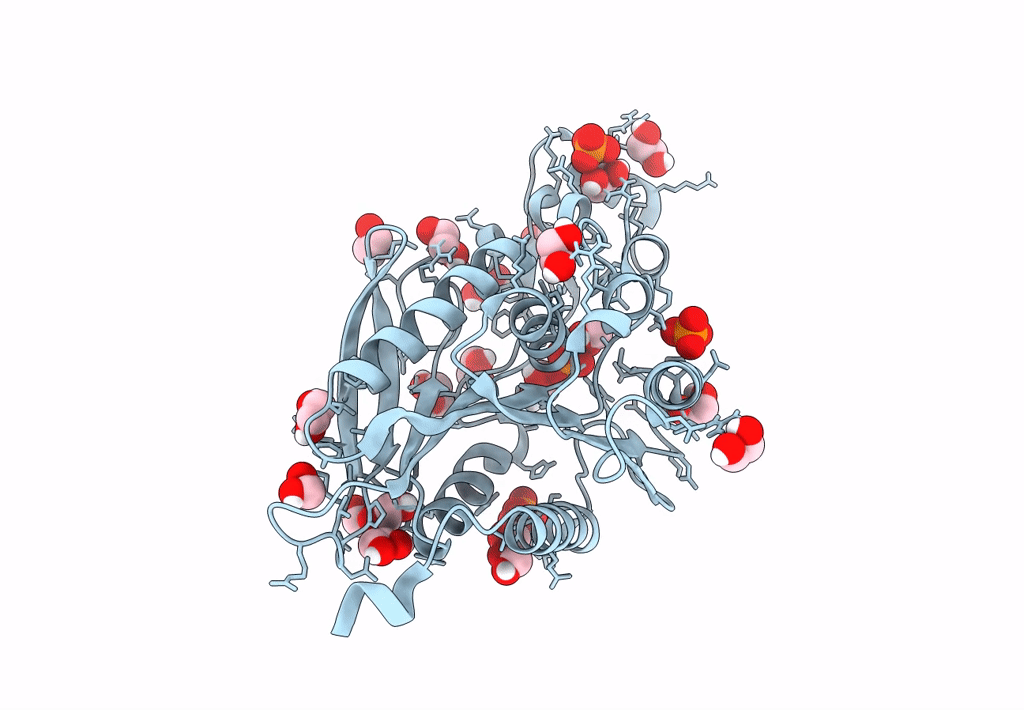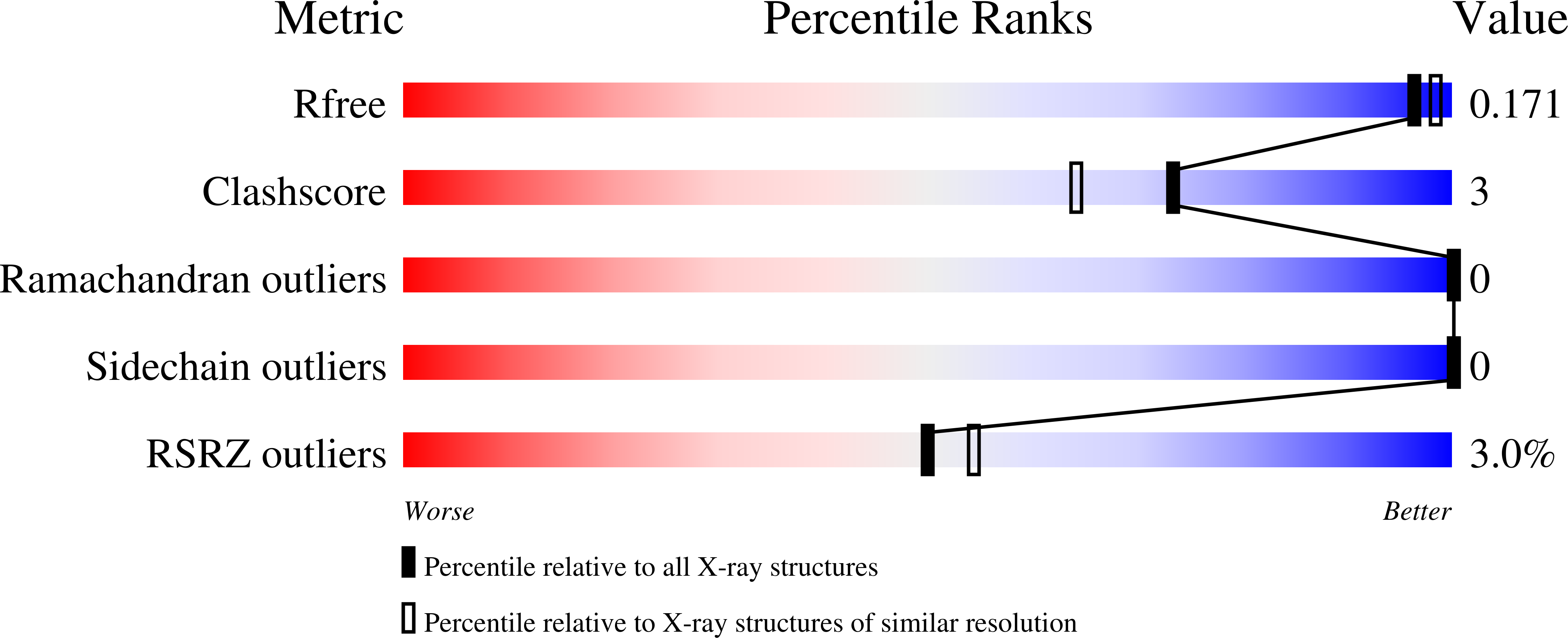
Deposition Date
2022-09-21
Release Date
2023-08-23
Last Version Date
2024-10-23
Entry Detail
PDB ID:
8B4U
Keywords:
Title:
The crystal structure of PET46, a PETase enzyme from Candidatus bathyarchaeota
Biological Source:
Source Organism:
Candidatus Bathyarchaeota archaeon (Taxon ID: 2026714)
Host Organism:
Method Details:
Experimental Method:
Resolution:
1.71 Å
R-Value Free:
0.17
R-Value Work:
0.15
R-Value Observed:
0.15
Space Group:
P 61 2 2


